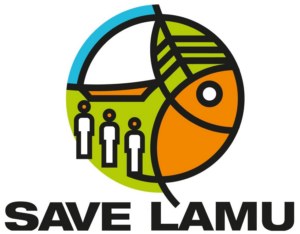Since 2013, the Government of Kenya has laid out plans to develop a 1,050 MW coal-fired electricity plant, the first coal-powered plant in Kenya. The plant’s location is along mangrove forests at the mouth of an inlet rich in prawns, crabs and fish. The area is a traditional fishing ground for a number of the more than 3,000 artisanal fisherfolk in Lamu County. Local community members have traditionally used this land for their farms during the planting seasons for generations but lack title deeds for their farms.
Save Lamu has partnered with other national and international partners under the banner of “deCOALonize” to campaign for alternatives to coal and embracing clean energy in Kenya. Save Lamu has been advocating against the project citing various social, economic, and environmental concerns. It has carried out several meetings, protests, lobbying, workshops to lobby and raise awareness on the impacts of the project.
